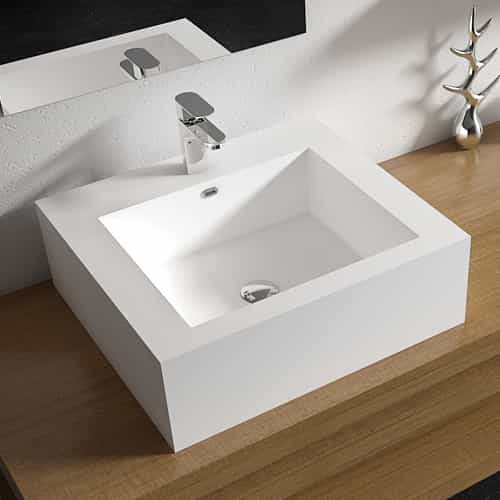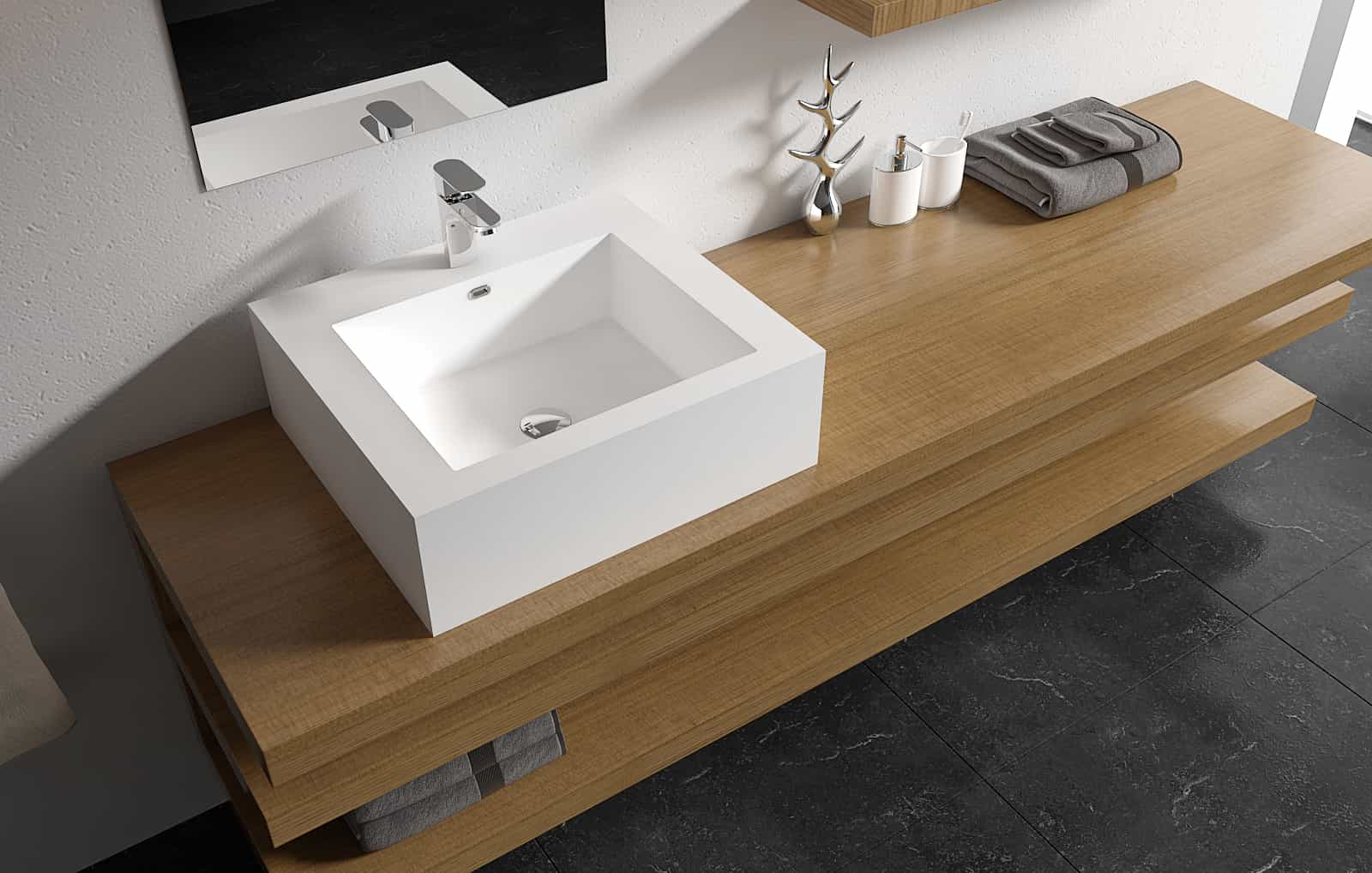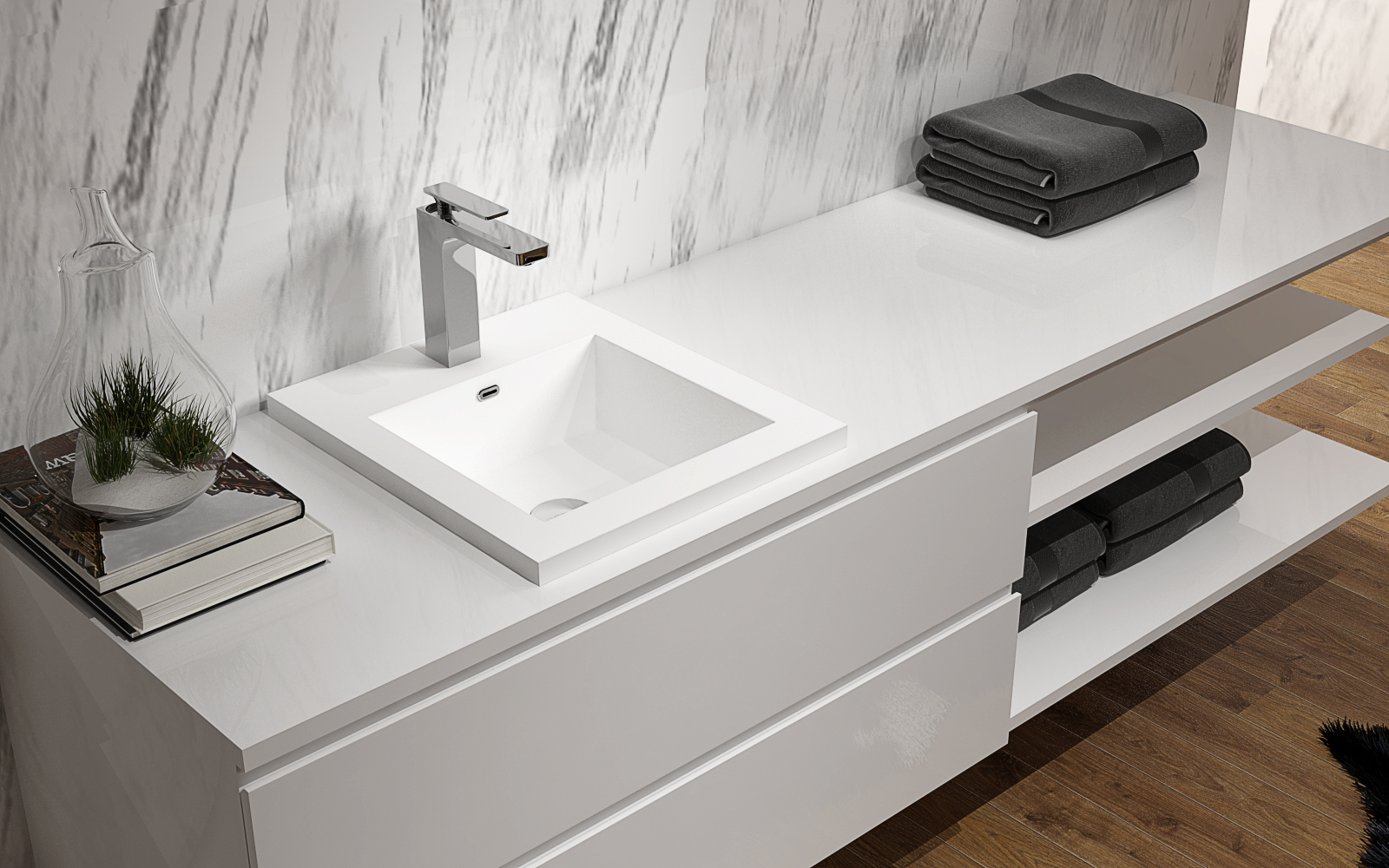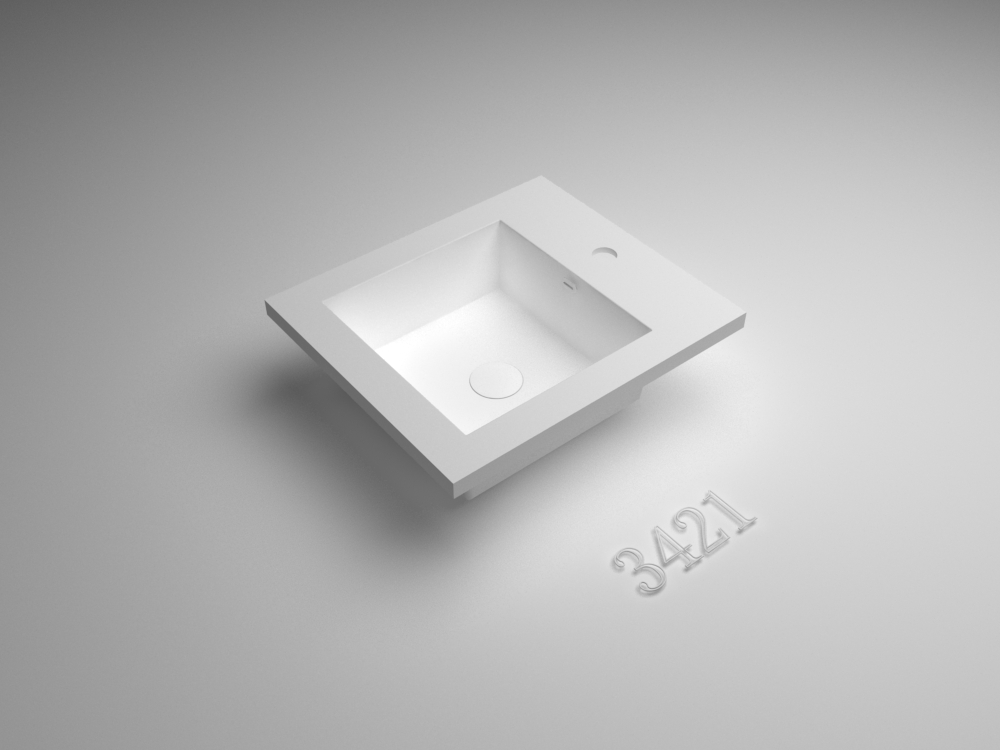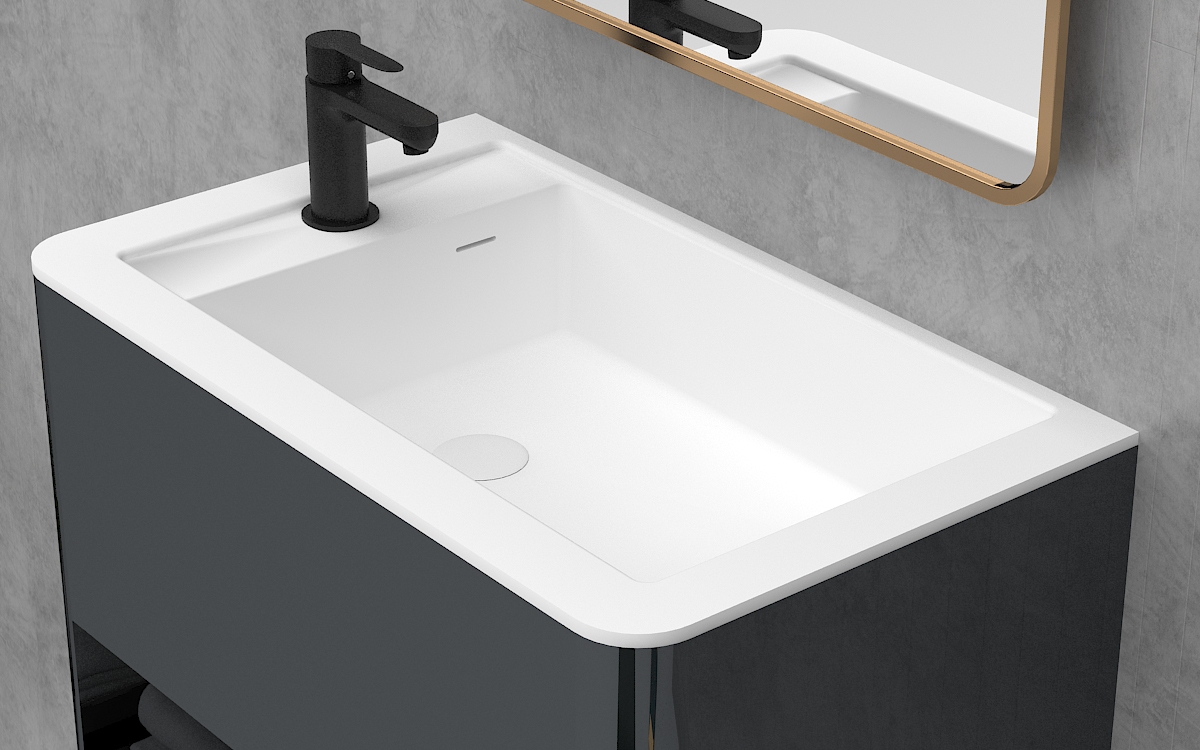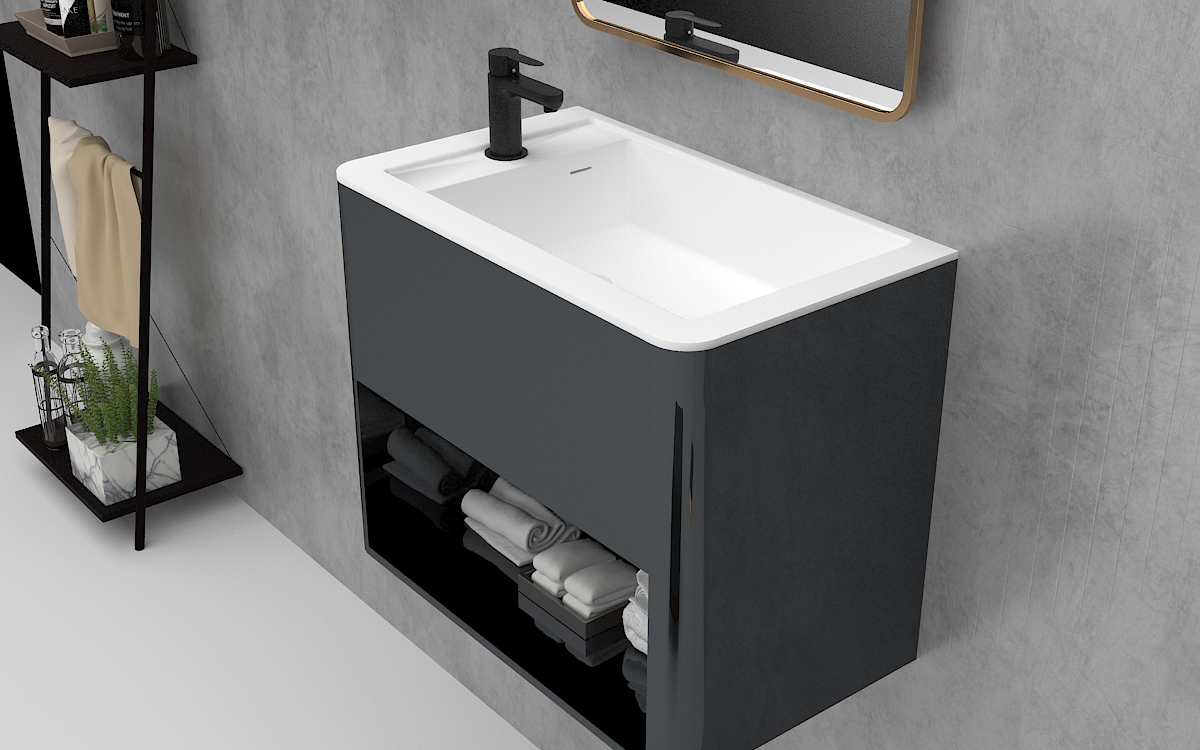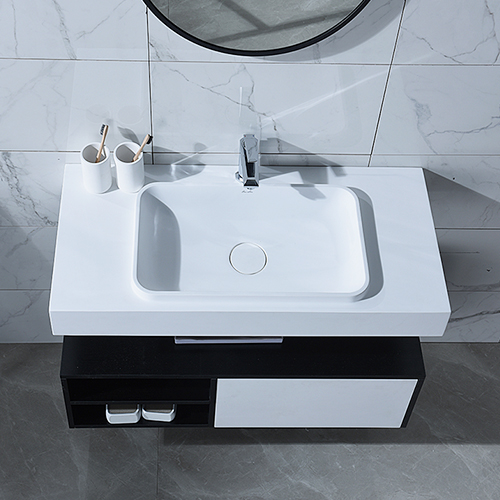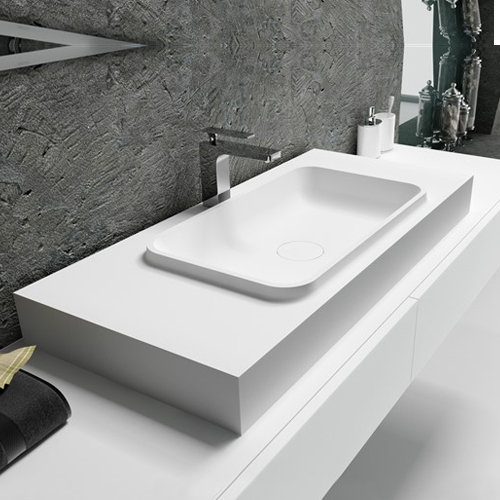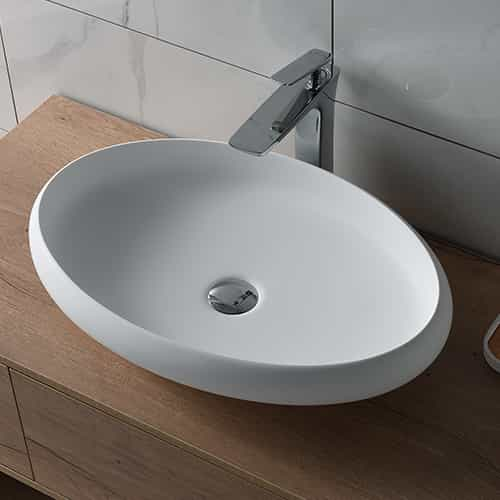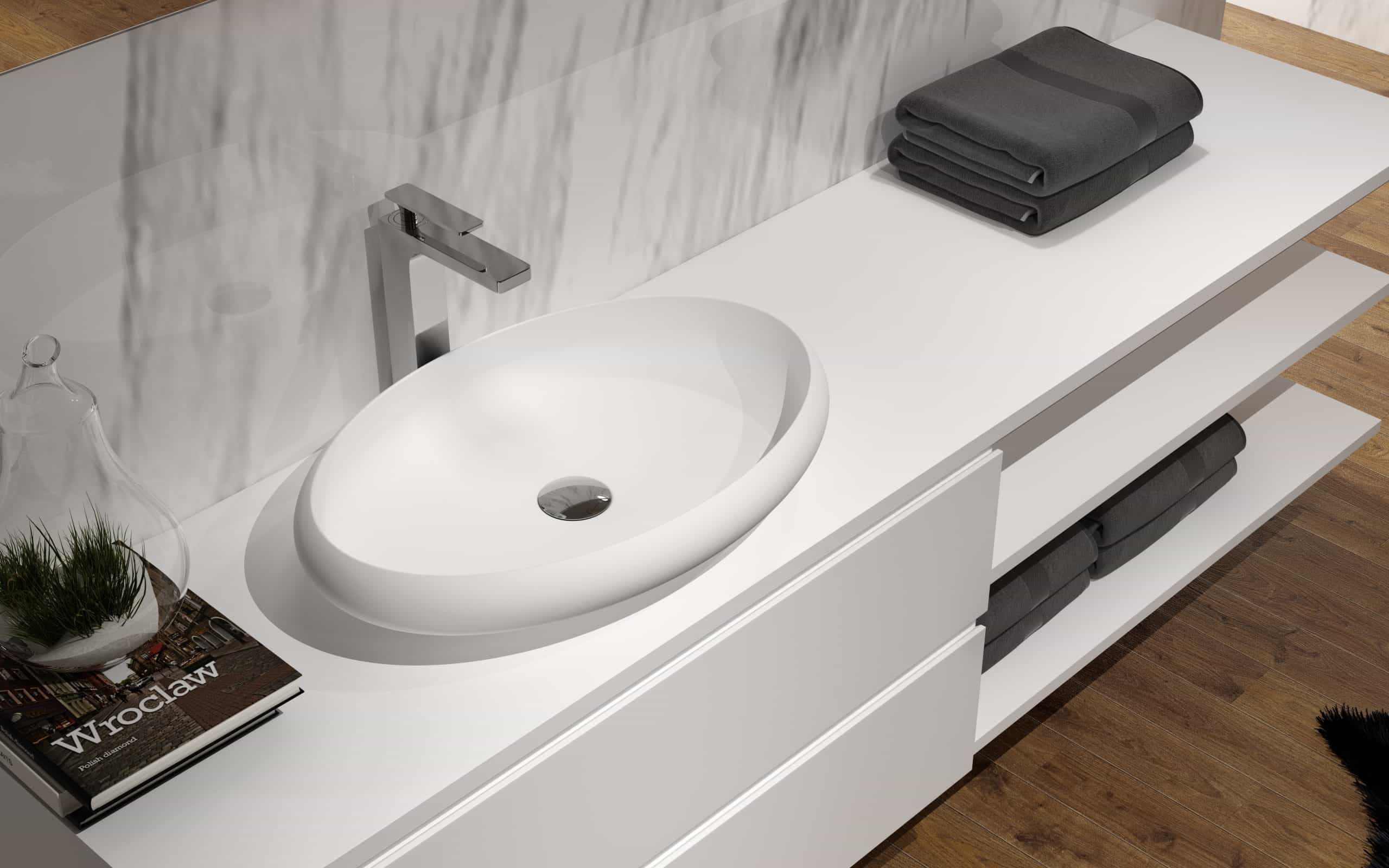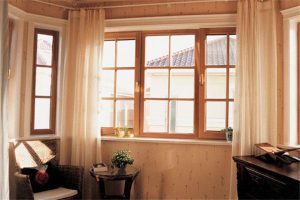
据一项研究显示,2012年厨房空气污染导致全球430万人死亡。室内空气污染带来的危害何时才会结束?也许,你不知道,你每天的室内空气都是浑浊的,你每天呼吸的空气中含有你完全预料到的有害气体。下面就让我们来看看职业知识吧。
室内污染物的来源有哪些?
1.有机污染物
甲醛
室内甲醛的主要来源是建筑材料、家具、各种胶粘剂涂料、合成纤维人造板等场所。甲醛是一种具有强烈刺激性呼吸道的气体,是一种挥发性有机化合物。它对人体健康的影响表现为刺激眼睛和呼吸道,导致肺、肝、免疫功能异常。
苯及其同系物甲苯和二甲苯
苯及苯系物甲苯、二甲苯无色有香气,以蒸气状态存在于空气中,在室内装修中,由于装饰材料选用不当或施工工艺不合理,易形成室内苯及苯系物污染。甲苯、二甲苯的毒性主要对中枢神经系统和植物神经有危害作用。国家卫生标准规定室内苯的最高允许浓度为每立方米不超过2.4毫克。
挥发性有机化合物
挥发性有机化合物对人体的影响主要是刺激眼睛和呼吸道,使人皮肤过敏,使人体出现头痛、咽喉痛、乏力等症状,挥发性有机化合物主要来自于室内装饰材料、日用化工产品、燃料等。
2. 无机污染物
重金属
空气中的重金属存在于大气颗粒物中,粒径小于10 %。m的大气颗粒物(可吸入颗粒物PM10)中也含有大量重金属,有报道指出约有75%至90%的重金属弥散在PM10中,粒径越小,重金属含量越高。
铅、镉、铬、汞、砷等是常见的有毒污染物,其可溶性物质对人体有显著危害。皮肤长期接触铬化合物,会引起接触性皮炎或湿疹。超标的铅、镉、汞、砷会对人体神经系统和内脏器官造成危害,罕见的对儿童的生长发育和智力发育有很大影响。燃煤、化工生产排放的室外泉水颗粒物进入室内,也会造成重金属污染。
气态无机污染物
氨气是无色、强烈刺激性的气体,易溶于水,对接触组织有侵蚀和刺激作用,对空气的刺激性强,对眼、咽喉、上呼吸道作用快,但其释放期也快,对人体危害较小。空气中存在氨气的主要原因是由于建筑施工时使用的混凝土外加剂、冬季施工时室内装修材料中的添加剂、增白剂等。
它还包括从外部大气进入室内的有害气体。这通常是由于地理位置的原因。例如:硫氧化物、碳氧化物,主要是一氧化碳(二氧化碳不是大气污染物),以及氮氧化物。
3.生物污染
生物性污染主要由潮湿发霉的墙面、职业垃圾、宠物、室内花草、地毯、空调、家具等引起,主要污染物为细菌、病菌、尘蜡等。生物性污染物有流感病毒、结核杆菌、链球菌等,通过咳嗽、打喷嚏等排出。
室内空气治理怎么办?
空气净化器是能吸收、解析或转化各种空气污染物(通常包括PM2.5、粉尘、花粉、异味、甲醛等装修污染、细菌、过敏原等),可在现有条件下使用的、改善室内空气洁净度的有用产品,近年来深受用户青睐。
净化器原理:
空气净化器主要由电动机、风扇、空气过滤器等系统组成,其原理为:机内的电动机和风扇使室内空气循环流动,被污染的空气经过机内的空气过滤器后会被清除或吸附各种污染物,部分型号的空气净化器还会在出风口安装负离子发生器(当负离子发生器内的高压产生直流负高压时),空气不断电离,产生大量负离子,并由微风风扇送出,形成负离子气流,达到清洁净化空气的目的。
凭证净化需要分,空气净化器可分为:
(1)纯净化型。如果所在区域室内湿度适中,或者对空气品质要求不太高,购买纯净化型空气净化器就可以满足需求。
(2)加湿净化型。如果位于干燥地区,经常开空调被空调除湿而室内空气干燥,或者对空气品质要求较高,那么购买一台具有加湿净化效果的空气净化器将是最合适的选择。LG空气净化器还拥有自然加湿技术,通过科技手段实现水的汽化,通过风车或盘式过滤器的旋转,将有害物质留在盘内消除,只将超细小而洁净的水分子排放到空气中。
(3)智能型。如果你喜欢自动化运行,智能监测空气质量,或者为了体现高贵的品味,或者送礼需要比较体面,那么购买一台智能空气净化器是最好的选择。
(4)车载型。如果是用于车内空气净化,需要净化车内异味、车内甲醛等车内污染,可以专门放置车载空气净化器,这样最好的选择就是车载型空气净化器。
(5)台式。即摆放在桌面上,对桌面周围一定范围内的空气进行净化,珍惜桌面周围人健康的空气净化器。如果你经常坐在电脑前、办公桌前、书桌前,但室内面积不小,或者是公共场合,自己掏钱买个大型的空气净化器既不划算,又不时尚,那么台式空气净化器就是最好的选择。
(6)大中型。主要适用于面积较大的室内场所,如居家大厅、高级银行办公室、高级行政办公室、主讲厅、高级酒店、医院、美容院、幼儿园等场所。
(7)中央空调系统型。主要适用于安装中央空调,或单间或多间带吊顶的房间。
关于空气净化器的选购你了解多少?
1. 选择正确的购买渠道
购买空气净化器时,建议只在大型商场、电器店、品牌店、主流电商网站等正规渠道购买。
2013年空气净化器的品牌、功效、性能、设计、价格等千差万别,让人眼花缭乱,建议消费者根据自己的实际需求购买产品,并不是越多越好。
例如,对于需要防护PM2.5的消费者,建议选择PM2.5净化能力突出的空气净化器;新装修家庭可以重点关注去除甲醛、甲苯能力突出的空气净化器。
2.过滤技术
颗粒物污染物过滤技术主要是HEPA滤网,HEPA滤网品质比较混乱,一些小品牌的滤网虽然过滤效率高,但是阻力大,能效比低于对照,而且容易堵塞,寿命短,作为一般情况建议选择深度除尘带静电驻极体的HEPA滤网,静电驻极技术使得无纺布纤维带上正负电荷,有利于捕捉空气中的颗粒物,目前很多HEPA滤网都号称具有静电驻极技术,但是也因为该技术的原因,很多滤网的驻极电荷会在短时间内很快衰减,导致过滤效率降低。
您可以选择市面上的3M静电驻极体等HEPA过滤器,与3M口罩一样采用静电驻极体技术,始终确保驻极体效率不衰减。
3、注意适用面积或颗粒洁净空间(CADR)
空气净化器净化能力的强弱主要由适用面积和颗粒物洁净空间量(CADR:洁净空气提供率)决定,两者关系为:适用面积=CADR×0.1。其他污染物的净化能力则要与适用面积挂钩。[8]
4. 能源效率比及能源效率等级
空气净化器通常比较耐用,而能效比作为衡量空气净化器净化能力和耗电量的主要指标,值得大家关注。能效比和能效等级越高,空气净化器越节能,使用成本越低。
5. 臭氧排放
臭氧作为强氧化剂,具有一定的净化能力,但对人体有危险性,国家对空气净化器释放的臭氧量有强制性安全要求,限制为≤5×10-6%(臭氧有腥臭味)。
想要保持室内空气健康,应该注意哪些方面呢?
快速净化:空气净化器运行初期,建议至少在最大风量下运行30分钟以上,再调节至其他档位,以达到快速的空气净化效果。
净化污染:使用空气净化器去除室外大气污染物时,建议保持门窗相对密封的状态,防止室内外空气大量交互循环而影响净化效果。长期使用,应注意分阶段通风换气。
装修净化:若用于净装修带来的室内气态污染(如甲醛、苯、甲苯等),建议通风后使用。
确保效果:定期更换或者清洗滤网,保证空气净化器的净化效果,防止失效的滤网吸附的污染物二次排放。
耐用未使用:耐用未使用的空气净化器再次开启前,应检查其内壁清洁程度及过滤器状况,做好相应收尾工作,必要时更换过滤器。
室内空气污染不容忽视,想要健康呼吸、健康呼吸,就要从室内健康做起,做好室内空气管理与净化。+







